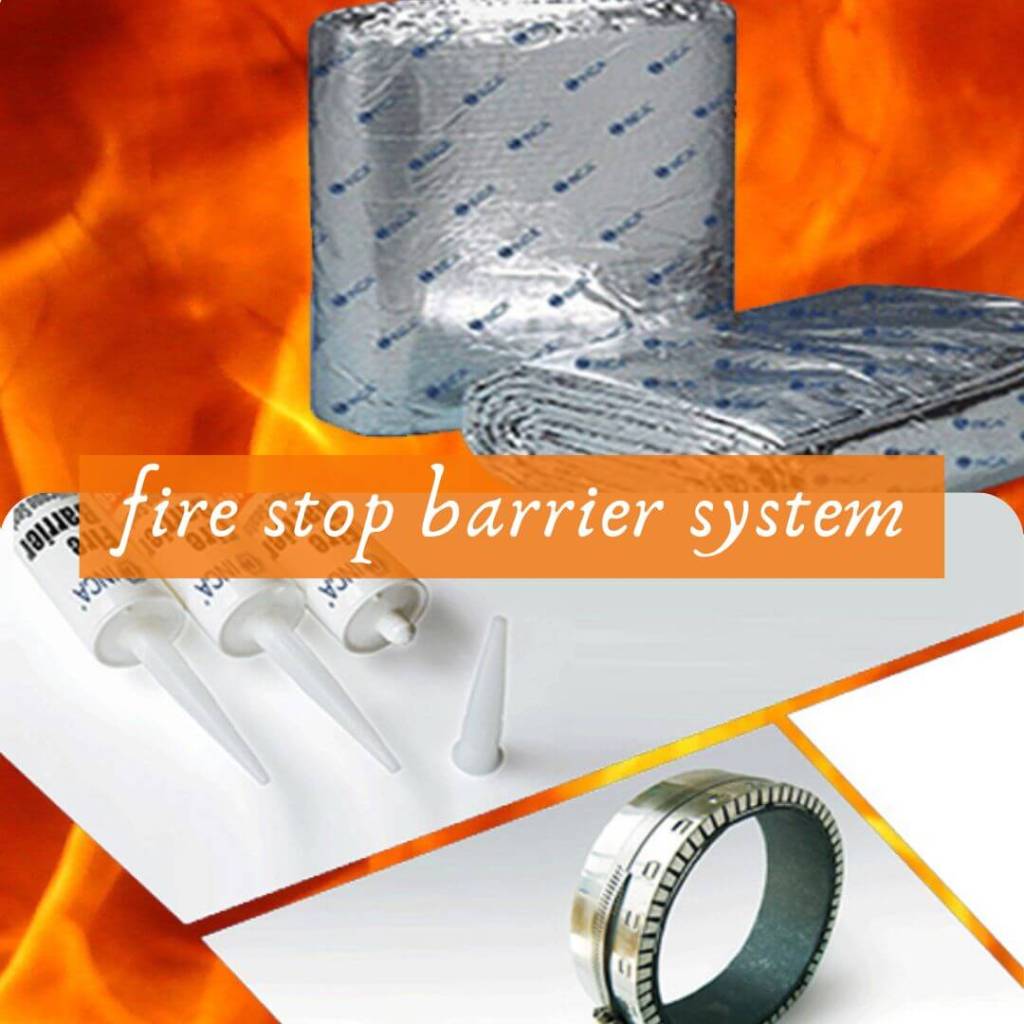Fire safety is a critical aspect of any building design and construction process. An effective firestop barrier system can help prevent the spread of fire and smoke in a building, protecting both occupants and property. In this article, we will discuss the importance of firestop barriers and how to stay secure with an effective firestop barrier system.
What is a Firestop Barrier System?

A firestop barrier system is a passive fire protection measure designed to prevent the spread of fire, smoke, and toxic gases through openings in walls, floors, and ceilings. These openings can include cable and pipe penetrations, ductwork, and other building services. Firestop barriers are typically made of materials such as fire-resistant sealants, intumescent products, and fire-rated boards.
Why is a Firestop Barrier System Important?
In the event of a fire, a properly installed firestop barrier system can help to contain the fire and prevent it from spreading to other parts of the building. This can provide valuable time for occupants to evacuate the building safely and for firefighters to arrive and extinguish the fire. Additionally, firestop barriers can help to protect critical building services, such as electrical and communication systems, which can be essential for emergency response.
How to Stay Secure with an Effective Firestop Barrier System
To ensure that your building is protected by an effective firestop barrier system, it is essential to follow these guidelines:
1. Work with a Qualified Contractor
Firestop barrier systems should be installed by qualified contractors who are experienced in fire protection systems. These contractors should be trained on the latest building codes and standards, as well as the proper installation techniques for firestop barriers.
2. Use Approved Firestop Products
When selecting firestop products, it is important to choose products that have been tested and approved by recognized testing agencies, such as Underwriters Laboratories (UL) or Intertek. These products should also be compatible with the materials they are being used with, such as cables or pipes.
3. Follow Proper Installation Techniques
Firestop barriers should be installed according to the manufacturer’s instructions and the building codes and standards that apply to your region. This includes ensuring that the barrier is properly sealed around the opening and that any penetrations through the barrier are properly sealed.
4. Regularly Inspect and Maintain Firestop Barriers
Firestop barriers should be inspected regularly to ensure that they are still effective and have not been damaged or compromised. Any repairs or maintenance needed should be completed promptly to maintain the integrity of the barrier system.
Conclusion In conclusion, an effective Firestop barrier system is essential for any building to ensure the safety of its occupants and protect property. By working with qualified contractors, using approved firestop products, following proper installation techniques, and regularly inspecting and maintaining firestop barriers, you can stay secure and protected in the event of a fire.